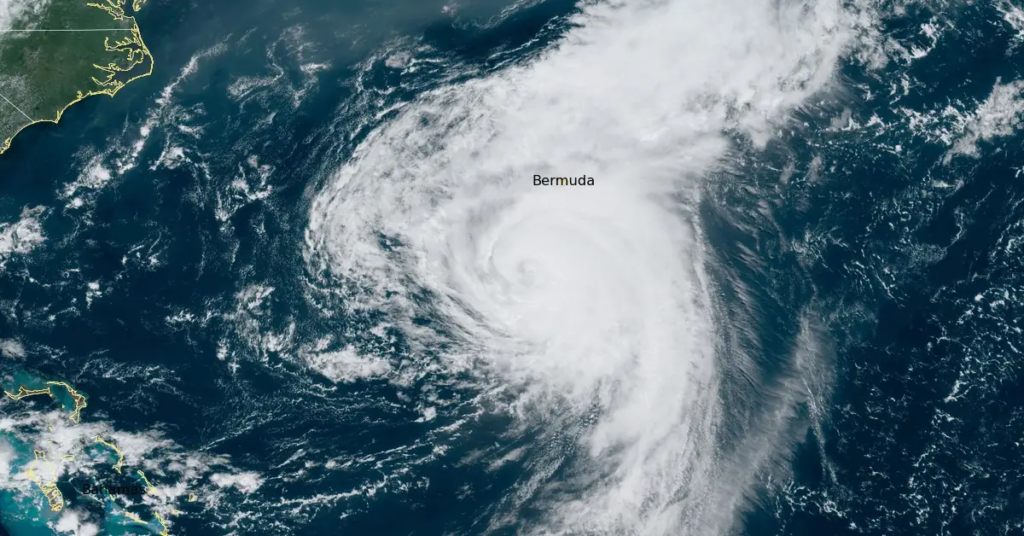As Hurricane Ernesto, a Category One storm, wreaks havoc on Puerto Rico, leaving 40% of the island without power and causing flash flooding, experts are urging a reassessment of how hurricane severity is understood. Despite being classified as a lower-category hurricane, Ernesto’s impact underscores the potential for significant damage even at lower storm rankings.
The Saffir-Simpson scale, developed in the 1970s by wind engineer Herbert Saffir and meteorologist Robert Simpson, ranks hurricanes from Category One to Five based on sustained wind speeds. However, this scale does not account for other crucial factors such as storm surge and rainfall, which can be equally, if not more, destructive.
Craig Fugate, former director of the Federal Emergency Management Agency (FEMA) and current crisis response consultant, emphasizes that focusing solely on hurricane categories can be misleading. “While a Category Five hurricane’s winds are undoubtedly destructive, the real danger often lies in other characteristics of the storm,” Fugate explains. “A Category One hurricane, like Ernesto, can still bring deadly storm surges, catastrophic flooding, and tornadoes, leading to severe infrastructure damage and long-lasting impacts.”
Storm surges, caused by the hurricane’s wind pushing ocean water towards the shore, pose the greatest threat to life. Water levels can surge by up to 30 feet (9.1 meters). Studies have shown that nearly 49% of hurricane-related deaths in the U.S. are due to storm surge, while flooding accounts for 27% and wind for only 8%.
Michael Wehner, a senior scientist at Lawrence Berkeley National Laboratory, adds that the Saffir-Simpson scale only measures wind speed and does not reflect the storm’s full impact. “Most damages are from water, not wind,” Wehner notes. “The scale is limited to measuring the highest wind speeds, which doesn’t capture the full extent of the storm’s potential destruction.”
Xilei Zhao, a data analyst at the University of Florida, warns that Category One hurricanes can still cause significant damage, particularly in flood-prone areas and among those living in mobile homes. “Residents should heed evacuation orders even for Category One hurricanes,” Zhao advises.
Recent research by Jeane Camelo and Talea Mayo highlights the need for improved communication about storm surge risks. With climate change expected to increase the severity of storm surges and more people moving to coastal areas, effective messaging becomes even more critical.
While Category Five hurricanes often result in high fatalities, such as the devastating Typhoon Haiyan in the Philippines, which killed over 6,000 people, Category One storms can still cause considerable destruction. As the Saffir-Simpson scale remains a widely recognized measure of hurricane strength, experts urge the public to recognize its limitations and understand that the full impact of hurricanes extends beyond wind speed alone.


